As businesses grow and evolve, one of the key challenges HR teams face is managing the workforce planning process. From planning personnel costs to modeling out significant composition changes, there are many moving parts.
That said, the process doesn’t have to be so arduous or disjointed. With the right workforce planning solution and implementation strategy, HR departments at every organization can alleviate the headache.
Why implement a workforce planning software?
There are many reasons why a company might choose to implement a workforce planning software. Here are just a few:
# 1 | Operational efficiency
Planning software helps HR departments automate many of the time-consuming tasks involved in workforce planning, such as data collection, analysis, feedback and reporting. This saves valuable time and resources, allowing HR teams to focus on the more strategic side of planning.
# 2 | Improved accuracy
HR departments can access real-time data on their workforce composition, helping to ensure that workforce planning decisions are based on accurate, up-to-date information.
# 3 | Better collaboration
Workforce planning solutions include tools for collaboration and communication, consolidating the planning feedback loop into a single place for HR, Finance and others to interact.
# 4 | Scalability
As companies grow and change, their workforce planning approach needs to do so as well. The right solution can help HR departments adapt to these changes and scale their processes as needed.
Are you considering implementing a workforce planning software?
Here are three best practices to keep in mind:
# 1 | Define your goals
What are your biggest pain points today? What outcomes are you hoping to achieve tomorrow? Answering these will ensure that the solution will be built to scale.
# 2 | Involve key stakeholders
Workforce Planning is naturally cross-functional, so involve and engage all stakeholders from day one. This can help ensure that everyone is on board with the new system and that any potential roadblocks are identified early on.
# 3 | Provide adequate training
Workforce planning systems behave differently than effective-dated HR ERPs, requiring specific training catered for HR.
What's next?
Now that you know the benefits and understand some best practices you’ll need to adopt, all that’s left is to choose the solution that will work best for you and your team. If you have an interest in hearing more about how Invisors’ unique implementation approach with Workday Adaptive Planning is helping to empower HR teams with a Workday workforce planning solution, reach out to schedule time below.
Ready to discuss your workforce planning needs? Let's chat




